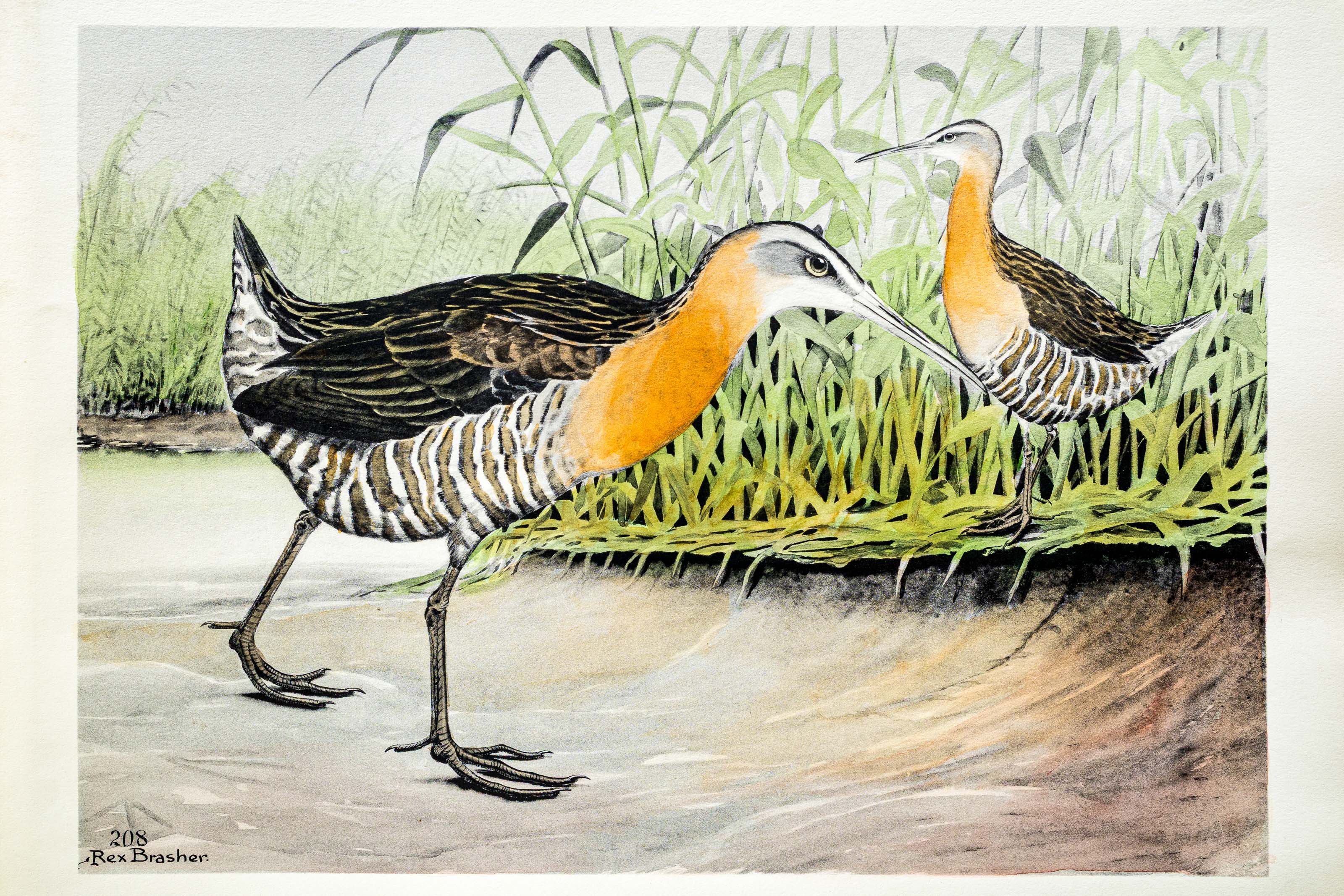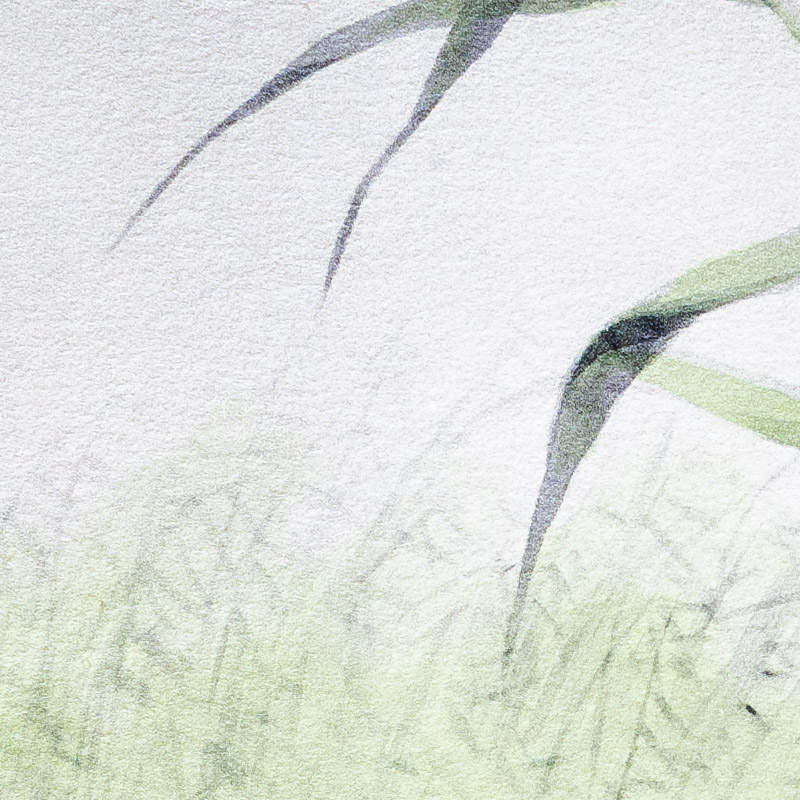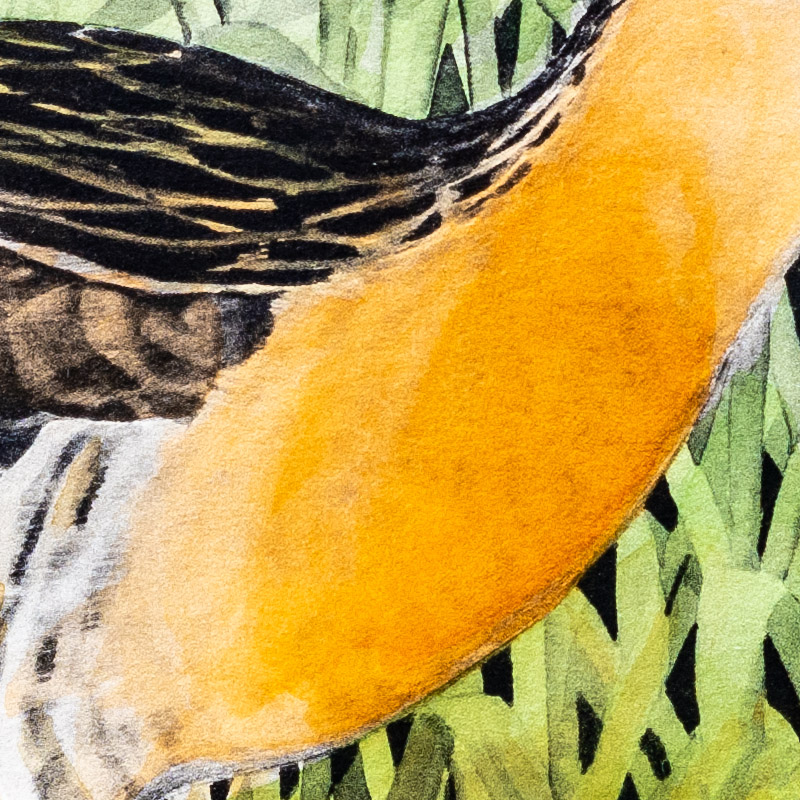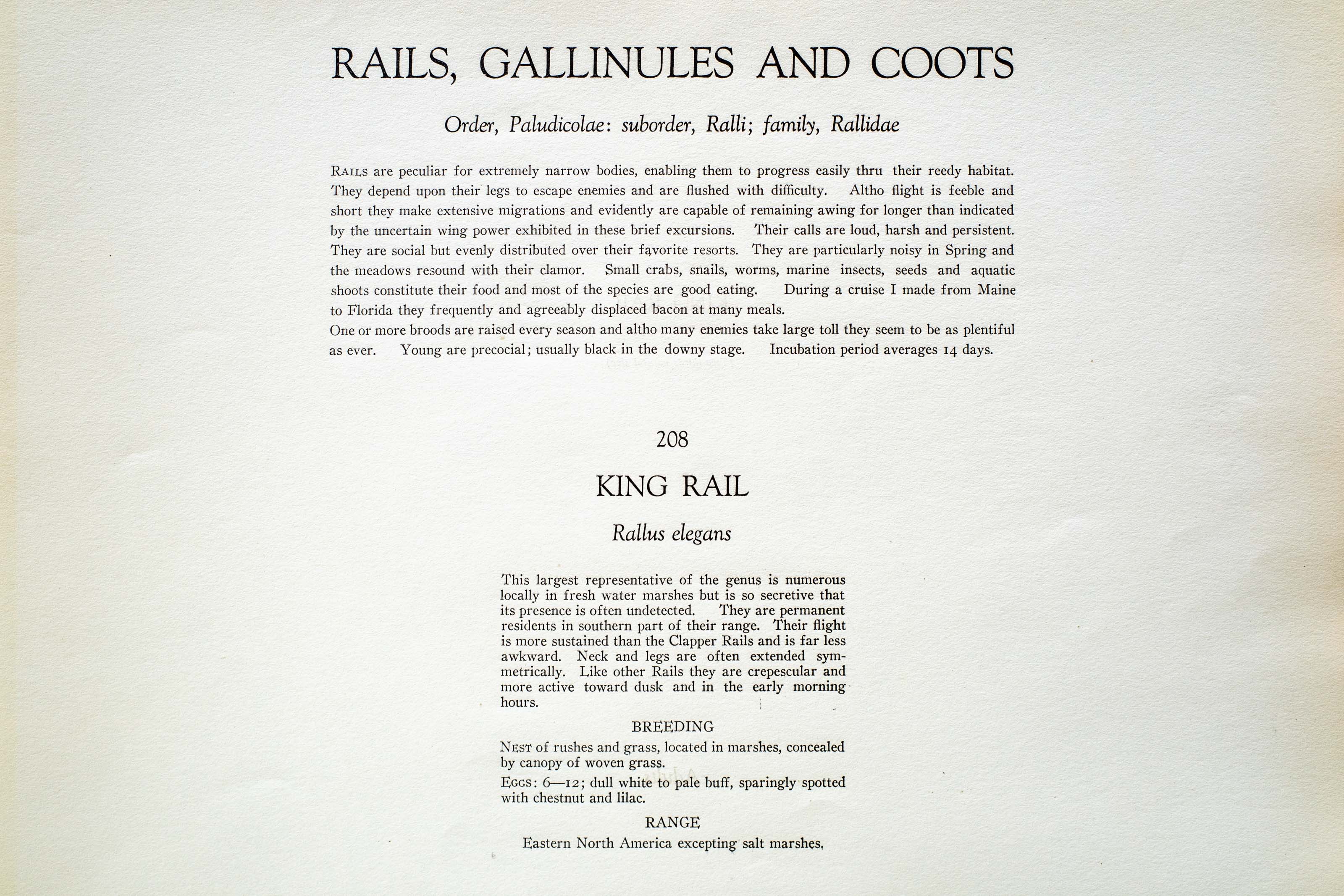






Unknown
1930
4
208
A team of dedicated board members, volunteers, and student interns has published every page in Volume 9. This volume includes 360 images of paintings and lyrical descriptions of birds, now available online for everyone to enjoy anywhere in the world. This is a monumental task. Each volume requires approximately 400 hours to photograph, edit, transcribe, catalog, and publish online. We need your support to complete this work.
If you're tech-savvy, have a good eye, are meticulous with details, and love structured data, please consider volunteering by emailing us at hello@rexbrasher.org.
We encourage all bird lovers and supporters to consider a monetary donation to support our mission to make Rex's work available for everyone. You can provide a one-time or recurring donation online.
This largest representative of the genus is numerous locally in fresh water marshes but is so secretive that its presence is often undetected. They are permanent residents in southern part of their range. Their flight is more sustained than the Clapper Rails and is far less awkward. Neck and legs are often extended symmetrically. Like other Rails they are crepescular and more active toward dusk and in the early morning hours.
NEST of rushes and grass, located in marshes, concealed by canopy of woven grass.
EGGS: 6–12; dull white to pale buff, sparingly spotted with chestnut and lilac.
Eastern North America excepting salt marshes.